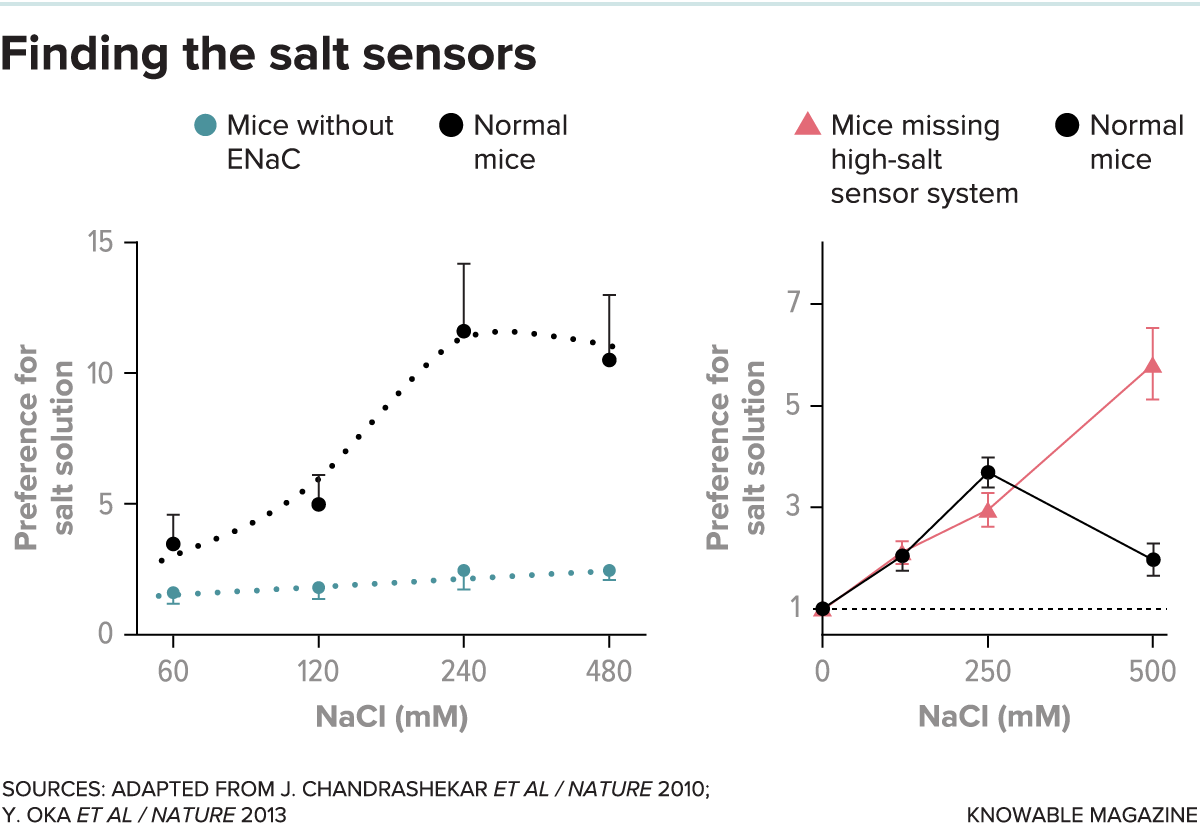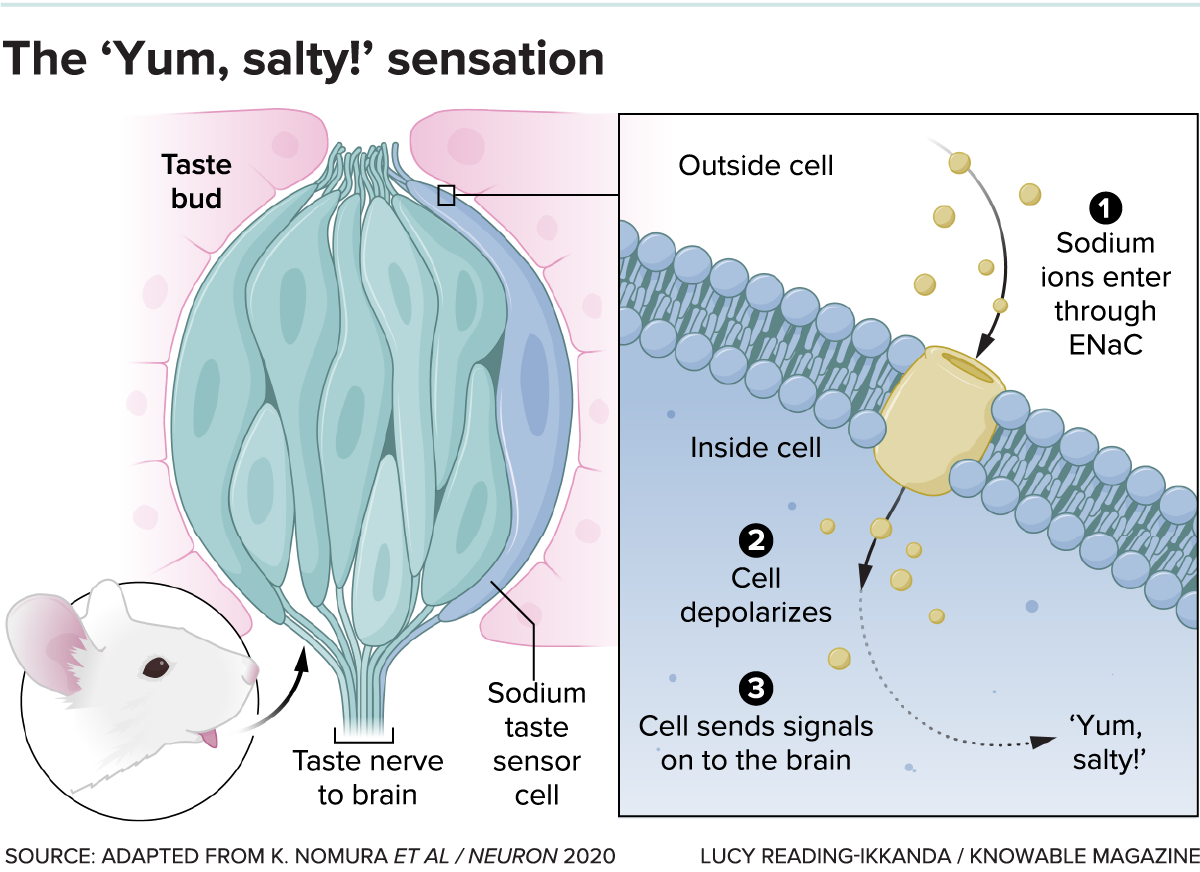EUPHROSYNE/SMARAGDUS OF ALEXANDRIA
MONASTIC, 5TH c.
The prayer in today’s Lectionary is dear to my heart:
PRAYER (contemporary language)
Merciful God, who looks not with outward eyes but discerns the heart of each: we confess that those whom we love the most are often strangers to us. Give to all parents and children, we pray, the grace to see one another as they truly are and as you have called them to be. All this we ask in the name of Jesus Christ, our only mediator and advocate. Amen.
Saint Euphrosyne of Alexandria (fl. 5th century CE) was a female saint who adopted male attire and lived at a local monastery as an ascetic.
Euphrosyne was the beloved only daughter of Paphnutius, a rich man of Alexandria, miraculously born in her parents’ old age in answer to a monk’s prayer. Her loving father desired to marry her to a wealthy youth.
But having already consecrated her life to God and under pressure to break her vow, she dressed as a man and assumed the identity of “Smaragdus” (“emerald”). She then escaped to a nearby men’s monastery, where she made rapid strides toward a perfected ascetic life. She was under the guidance of the abbot, who also happened to be the same monk who had prayed for her birth.
Years later, when Paphnutius appealed to the abbot for comfort in his bereavement, the abbot committed him to the care of Euphrosyne, still under the guise of Smaragdus. Paphnutius received from his own daughter, whom he had failed to recognize, helpful advice and comforting exhortation. Not until she was dying did Euphrosyne reveal herself to him as his lost daughter. After burying her, Paphnutius gave up all his worldly goods, and became a monk in the same monastery. There, he used his daughter’s old cell until his own death ten years after.
from Wikipedia

More Than 500 Mass Shootings in USA 2023
This week I needed to make a trip to WalMart. For the first time, I asked AdventureMan to go with me. I felt unsafe, going to WalMart. Pensacola is rife with emotionally unregulated people carrying guns. Florida is worse. Do gun “rats” enthusiasts not realize that most gun deaths are people shooting people in their own families or social circles, or shooting themselves? The mass shootings below are just the tip of the iceburg.
This is from Axios:
U.S. surpasses 500 mass shootings in 2023


Share on email (opens in new window)https://datawrapper.dwcdn.net/oLfvX/Data: Gun Violence Archive; Note: Includes incidents where at least four people were shot or killed, excluding the shooter; Chart: Simran Parwani/Axios
There have now been 501 mass shootings in the U.S. this year.
Driving the news: A shooting that wounded four people in Denver, Colorado, on Saturday night marked the country’s 500th mass shooting in 2023, according to the Gun Violence Archive.
- Hours later, that increased to 501 mass shootings after one person died and five others were wounded in El Paso, Texas, early Sunday.
By the numbers: Just five years ago, the country had never experienced 500 mass shootings in one year:
- 2018: 335 mass shootings
- 2019: 414 mass shootings
- 2020: 610 mass shootings
- 2021: 689 mass shootings
- 2022: 645 mass shootings
Flashback: The 500 mass shootings threshold was crossed in September in the past two years, according to the archive.
- In 2020, it occurred in October.
Between the lines: The FBI does not define or quantify what constitutes a mass shooting.
- Gun Violence Archive, an independent research and data collection organization, defines a mass shooting as a shooting in which four or more people were shot or killed, not including the shooter. This makes its numbers higher than some other sources with varying definitions.
Of note: A January shooting on the eve of Lunar New Year in Monterey Park, California, a largely Asian American area, has caused the most deaths so far in 2023. Eleven people were killed and nine others injured in the massacre.
- The most injuries related to gun violence occurred in April at a birthday party shooting in Dadeville, Ala., that left four people dead and 32 others injured.
The big picture: With increasing personal experiences, more Americans view gun violence as a public health concern.
- One in six Americans have personally witnessed someone being shot, according to survey data from earlier this year.
Zoom in: Gun violence has greatly affected children. Firearms are the top killer of kids in the country.
- Gun deaths among children hit a record high in 2021, per data released in August.
- There were 305 school shootings in 2022 and 230 by Sept. 5 in 2023, according to the K-12 School Shooting Database.
Go deeper: Gun deaths among U.S. children hit a new record high
And Just Like That . . .

And just like that, the temperatures have dropped and I feel like a different person. I joke about being Alaska girl, unable to handle the high temperatures, but the truth is, it is the truth. I have adapted by doing everything I really need to do early in the morning and mostly staying in air-conditioned locations – my car, a restaurant, a well-cooled grocery store, my house – when the temperatures go above 80 something F.
Yesterday, we tried a food truck our son had recommended, The Brown Bagger at Alga Beer (2435 N 12th Ave Pensacola ) for smash burgers. That place was hoppin’! I had the Hoppin Jack, a burger with jack cheese and jalapenos, with a side of brussel sprouts (Brussel sprouts!) and for the first time in months, we sat at a table outside and ate in comfort. While the burger was delicious, it was too much meat for me, and I loved the brussel sprouts, which I think were deep-fried. Does that take away the nutritional virtue of eating Brussel sprouts?
Getting up in the morning to cooler temperatures just makes me happy, it makes my day start right. I was wondering if climate change was going to make the hot mornings drag on into October, or November. The breath of coolness as I do my morning steps gave me hope that the winter season is truly coming.
It’s a Matter of Taste
“Would you like a biscotti?” AdventureMan says as he pops by my workshop, checking in.
“Np, but thanks,” I usually respond – I am less vulnerable to sweet than to salty, although neither are good for me, a diabetic. Even some fruits you would think are healthy are too sweet for me in more than a small amount, showing up in the blood sugar count the next day. I am careful.
But salty – oh bring it on. Chicken Chongqing, anchovies, popcorn, pretzles – those, too, I can eat in moderation, and have a harder time resisting.
So this morning, I found this wonderful article on scientists finding that we perceive salty in two different ways, at least, “salt!” and “too much salt!” It’s long, but fascinating.
<p class="article-info" />
Salt taste is surprisingly mysterious
Too much sodium is bad, but so is too little — no wonder the body has two sensing mechanisms
By Amber Dance
9.13.2023
Salt taste is surprisingly mysterious
Too much sodium is bad, but so is too little — no wonder the body has two sensing mechanisms
By Amber Dance 09.13.2023
We’ve all heard of the five tastes our tongues can detect — sweet, sour, bitter, savory-umami and salty. But the real number is actually six, because we have two separate salt-taste systems. One of them detects the attractive, relatively low levels of salt that make potato chips taste delicious. The other one registers high levels of salt — enough to make overly salted food offensive and deter overconsumption.

Matching meals to metabolism
Exactly how our taste buds sense the two kinds of saltiness is a mystery that’s taken some 40 years of scientific inquiry to unravel, and researchers haven’t solved all the details yet. In fact, the more they look at salt sensation, the weirder it gets.
Many other details of taste have been worked out over the past 25 years. For sweet, bitter and umami, it’s known that molecular receptors on certain taste bud cells recognize the food molecules and, when activated, kick off a series of events that ultimately sends signals to the brain.
Sour is slightly different: It is detected by taste bud cells that respond to acidity, researchers recently learned.
In the case of salt, scientists understand many details about the low-salt receptor, but a complete description of the high-salt receptor has lagged, as has an understanding of which taste bud cells host each detector.
“There are a lot of gaps still in our knowledge — especially salt taste. I would call it one of the biggest gaps,” says Maik Behrens, a taste researcher at the Leibniz Institute for Food Systems Biology in Freising, Germany. “There are always missing pieces in the puzzle.”
A fine balance
Our dual perception of saltiness helps us to walk a tightrope between the two faces of sodium, an element that’s crucial for the function of muscles and nerves but dangerous in high quantities. To tightly control salt levels, the body manages the amount of sodium it lets out in urine, and controls how much comes in through the mouth.
“It’s the Goldilocks principle,” says Stephen Roper, a neuroscientist at the University of Miami Miller School of Medicine in Florida. “You don’t want too much; you don’t want too little; you want just the right amount.”

If an animal takes in too much salt, the body tries to compensate, holding on to water so the blood won’t be overly salty. In many people, that extra fluid volume raises blood pressure. The excess fluid puts strain on the arteries; over time, it can damage them and create the conditions for heart disease or stroke.
But some salt is necessary for body systems, for example to transmit electrical signals that underlie thoughts and sensations. Consequences of too little salt include muscle cramps and nausea — that’s why athletes chug Gatorade to replace the salt lost in sweat — and, if enough time passes, shock or death.
Scientists in search of salt taste receptors already knew that our bodies have special proteins that act as channels to allow sodium to cross nerve membranes for the purpose of sending nerve impulses. But the cells in our mouth, they reasoned, must have some additional, special way to respond to sodium in food.
A key clue to the mechanism came in the 1980s, when scientists experimented with a drug that prevents sodium from entering kidney cells. This drug, when applied to rats’ tongues, impeded their ability to detect salty stimuli. Kidney cells, it turns out, use a molecule called ENaC (pronounced “ee-nack”) to suck extra sodium from blood and help maintain proper blood salt levels. The finding suggested that salt-sensing taste bud cells used ENaC too.
To prove it, scientists engineered mice to lack the ENaC channel in their taste buds. These mice lost their normal preference for mildly salty solutions, the scientists reported in 2010 — confirming that ENaC was, indeed, the good-salt receptor.

So far, so good. But to truly understand how the good-salt taste worked, scientists would also need to know how the entry of sodium into taste buds is translated into a “Yum, salty!” sensation. “It’s what gets sent to the brain that’s important,” says Nick Ryba, a neuroscientist at the National Institute of Dental and Craniofacial Research in Bethesda, Maryland, who was involved in linking ENaC to salt taste.
And to understand that signal transmission, scientists needed to find where in the mouth the signal started.
The answer might seem obvious: The signal would start from the specific set of taste bud cells that contain ENaC and that are sensitive to tasty levels of sodium. But those cells didn’t prove simple to find. ENaC, it turns out, is made up of three different pieces, and although individual pieces are found in various places in the mouth scientists had a hard time finding cells containing all three.
In 2020, a team led by physiologist Akiyuki Taruno at the Kyoto Prefectural University of Medicine in Japan reported that they had identified the sodium-taste cells at last. The researchers started with the assumption that sodium-sensing cells would spark an electrical signal when salt was present, but not if the EnaC blocker was there too. They found just such a population of cells inside taste buds isolated from the middle of mouse tongues, and these turned out to make all three components of the ENaC sodium channel.
Scientists can thus now describe where and how animals perceive desirable levels of salt. When there are enough sodium ions outside those key taste bud cells in the mid-tongue area, the ions can enter these cells using the three-part ENaC gateway. This rebalances the sodium concentrations inside and outside the cells. But it also redistributes the levels of positive and negative charges across the cell’s membrane. This change activates an electrical signal inside the cell. The taste bud cell then sends the “Mmmm, salty!” message onward to the brain.

Too salty!
But this system doesn’t explain the “Blech, too much salt!” signal that people also can get, usually when we taste something that’s more than twice as salty as our blood. Here, the story is less clear.
The other component of salt — chloride — might be key, some studies suggest. Recall that salt’s chemical structure is sodium chloride, though when dissolved in water it separates into positively charged sodium ions and negatively charged chloride ions. Sodium chloride creates the saltiest high-salt sensation, while sodium paired with larger, multi-atom partners tastes less salty. This suggests that sodium’s partner might be an important contributor to the high-salt sensation, with some partners tasting saltier than others. But as to exactly how chloride might cause high-salt taste, “Nobody has a clue,” says Roper.
One hint came from work by Ryba and colleagues with an ingredient of mustard oil: In 2013, they reported that this component reduced the high-salt signal in mouse tongues. Weirdly, the same mustard-oil compound also nearly eliminated the tongue’s response to bitter taste, as if the high-salt-sensing system was piggybacking onto the bitter-tasting system.
And it got odder still: Sour-taste cells seemed to respond to high salt levels, too. Mice lacking one or the other of the bitter- or sour-taste systems were less put off by extremely salty water, while those lacking both happily slurped down the salty stuff.

Stay in the Know
Sign up for the Knowable Magazine newsletter today
Not all scientists are convinced, but the findings, if confirmed, raise an interesting question: Why don’t super-salty things taste bitter and sour too? It could be because the too-salty taste is the sum of multiple signals, not just one input, says Michael Gordon, a neuroscientist at the University of British Columbia in Vancouver, who coauthored, with Taruno, a discussion of the knowns and unknowns of salt taste in the 2023 Annual Review of Physiology.
Despite the mustard oil lead, attempts to find the receptor molecule responsible for the high-salt taste sensation have so far been inconclusive. In 2021, a Japanese team reported that cells containing TMC4 — a molecular channel that lets chloride ions into cells — generated signals when exposed to high levels of salt in lab dishes. But when the researchers engineered mice without the TMC4 channel anywhere in their bodies, it didn’t make much difference to their aversion to extremely salty water. “There’s no definitive answer at this point,” Gordon says.
As a further complication, there’s no way to be sure that mice perceive salty tastes in exactly the same way that people do. “Our knowledge of salt taste in humans is actually quite limited,” says Gordon. People can certainly distinguish desirable, lower-salt levels from the foul, high-salt sensation, and the same ENaC receptor used by mice seems to be involved. But studies with the ENaC sodium channel blocker in people vary confusingly, sometimes seeming to diminish salt taste but other times to enhance it.
A possible explanation is the fact that people have a fourth, extra piece of ENaC, called the delta subunit, that rodents lack. It can take the place of one of the other pieces, perhaps making a version of the channel that is less sensitive to the ENaC blocker.
Forty years into investigations of salt taste, researchers are still left with questions about how people’s tongues perceive salt and how the brain sorts those sensations into “just right” versus “too much” amounts. At stake is more than just satisfying a scientific curiosity: Given the cardiovascular risks that a high-salt diet poses to some of us, it’s important to understand the process.
Researchers even dream of developing better salt alternatives or enhancers that would create the “yum” without the health risks. But it’s clear they have more work to do before they invent something we can sprinkle on our dinner plates with abandon, free of health worries.
10.1146/knowable-091223-2
Amber Dance, a science journalist in the Los Angeles area, enjoys experimenting with her collection of fancy finishing salts.
Seventeen Years as Intlxpatr
I don’t blog as often these days – who knew retirement would be so busy? I’ve now lost 40 pounds in retirement – did I mention I was diagnosed diabetic about ten years ago? I started with water aerobics, and when COVID hit, went bach to swimming. We learned to swim in Alaska, when we were very young. Everyone had boats, and every kid learned to swim, even though we had life jackets. The pool where we learned to swim, Evergreen Park, doesn’t even have that old glacier-river fed swimming pool anymore. Yes. It was cold. It didn’t matter. We loved swimming.
Now I am swimming three days a week, 2 miles a day. I love getting up early in the morning and hitting the pool early. I love the quiet of lap swimming and the noise of my pool buddies. It’s a great way to start the day.
I found this great Blogaversary cake honoring those early days in Alaska – won’t you have a piece? There’s another, if you don’t want to mar the beauty of this one.


Being an Alaskan has profoundly influenced who I am; it gave me a spirit of adventure and exploration. We spent a couple years in Seattle, and then moved to Germany with our lively parents, who took us everywhere during the 10 years they lived there.

We lived in Heidelberg. We had our high school proms and graduation in the Heidelberg Castle. We would jump on a train and go to Paris, or Berlin, or Amsterdam. It was an extraordinary adventure.

I met AdventureMan when my sister married in the Heidelberg Castle. We’re heading back later this year to visit some of the cities we were unable to visit during the long years of the Cold War, when there was a wall and a curtain that kept us all divided.



All those early years, they didn’t have “blogging.” It wasn’t until I got to Doha that I discovered blogs, and not until I got to Kuwait that I took the plunge and started this blog. I was terrified. The blogging scene could be rough, and people writing anonymous comments could be brutal. An expat who offended a high official could be sent home, and I didn’t want my husband to suffer for my mistake.
As it turned out, while it was important to tread carefully, blogging opened up a whole new world to me, and I met some really special people who helped me see things in new ways. Blogging changed my life. It gave me a voice, even if it was a timid one. The longer I blogged, the more confident I became – thanks to my fellow bloggers and friends who encouraged me.
So, to honor you, I do this annual virtual party, and invite all of you to enjoy these astounding cakes that people with vision create. I celebrate them, too, and their wondrous talent.

I appreciate the years of friendship and support you have given me. I thank you for reading about my travels and adventures, and for sharing my joys and woes. Thank you, thank you.



